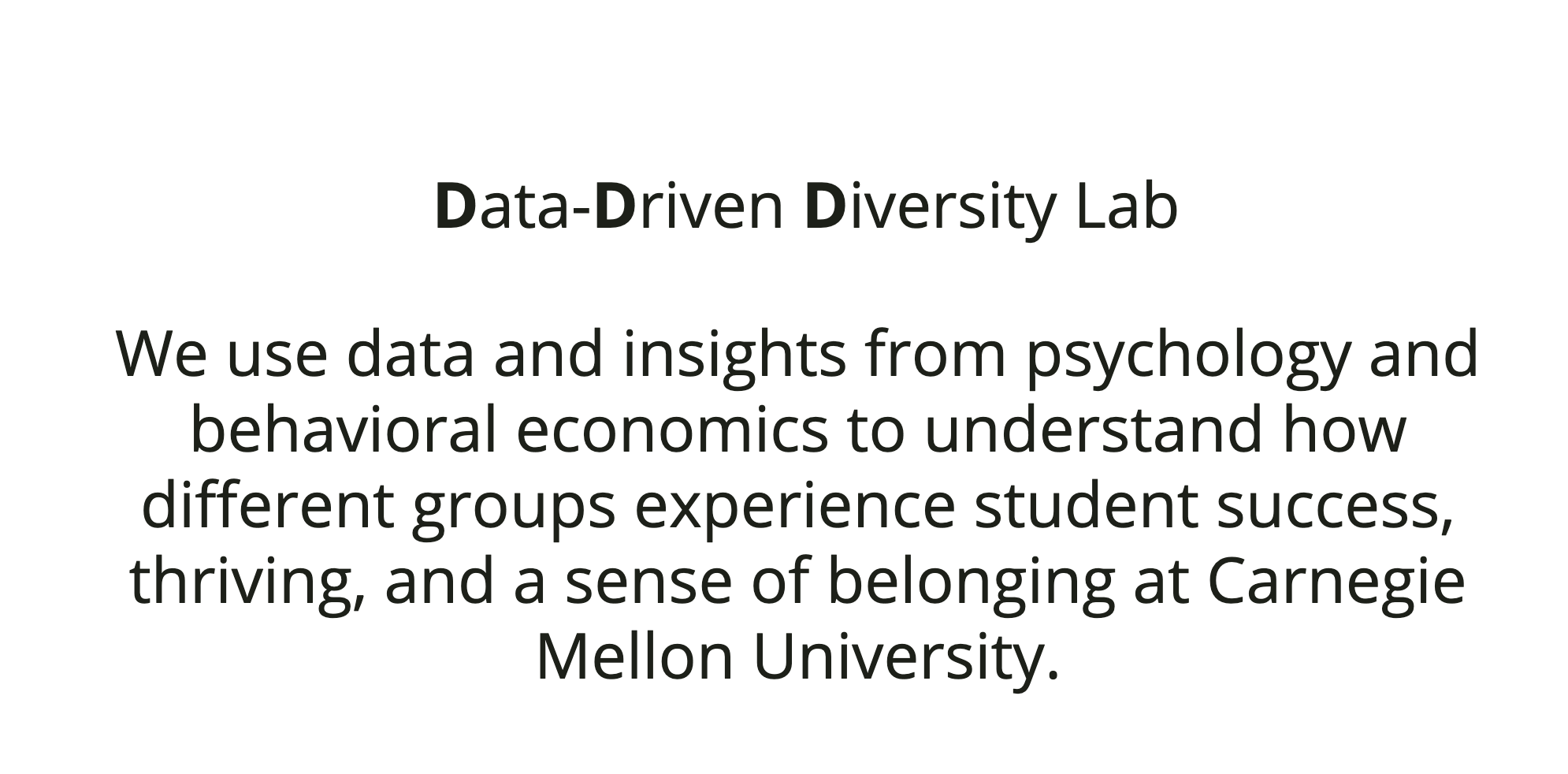We’re about to start a new journey, with this “new norm.” Yes, this semester is also going to be mostly remote instruction like the previous semester at CMU. We won’t be meeting our team members or instructors in person. Instead, we’ll meet through countless Zoom meetings, which we already got used to nowadays.
With 2 team members, Jamie and Haiyun in China, we first had a team meeting on Monday morning (EST). Being excited and a little nervous, we discussed the project requirement that the client provided us. The client of our project is Data Driven Diversity Lab in CMU’s Dietrich College of Humanities and Social Sciences. The D3 Lab proposed the creation of an interactive game or narrative experience that is about implicit bias and microaggressions targeting marginalized student populations at CMU. As international students, we were not that familiar with the topics so we looked through the materials that the client provided us as well. Also, we worried that we didn’t have a designer on our team! 4 of us have an engineering background and 1 of us is an artist but the project seems to need a lot of effort from game design. Thus we prepared a list of questions and we were eager to learn more about this project from the client meeting tomorrow.
The client meeting went smoothly. We mainly found out that the client wanted us to design and develop a transformational game with a topic that interested us the most. We should also define the transformational goals ourselves. We had a great discussion on several potential topics and we were about to dig into more topics this week. More importantly, the instructors suggested we need to figure out our roles and a team name ASAP. A producer could be essential to support the team.
Therefore, we have the roles:
Shelley – Producer
Jamie – Game Designer
Michael – Programmer
Fanqin – Writer/Programmer
Haiyun – 2D Artist
While exploring the “diversity” topics, we have noticed the strengths and weaknesses of the team. We have a strong engineering background but we only have one artist, which tells us the game should not be art-heavy. Also, since we’re not native speakers, the game might not focus on dialogue too much. However, most interactive visual film games heavily rely on dialogues and art. We were expected to figure out a workaround and discuss it with the client next week.
(Oh, let me disclose the project name before I go. )
We’re team Blindspot (nice name, huh?) and we’ll see you next week!

Comments are closed